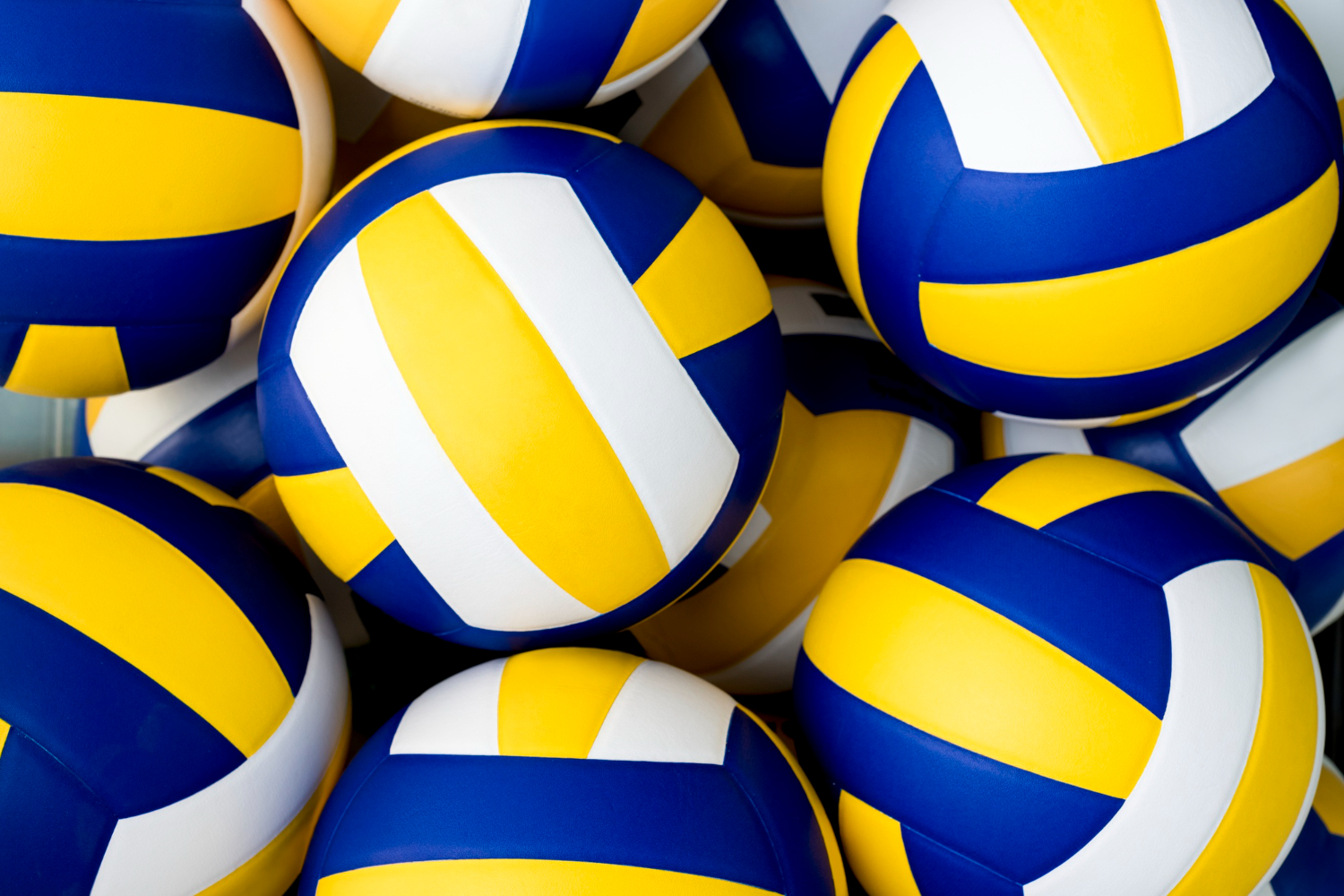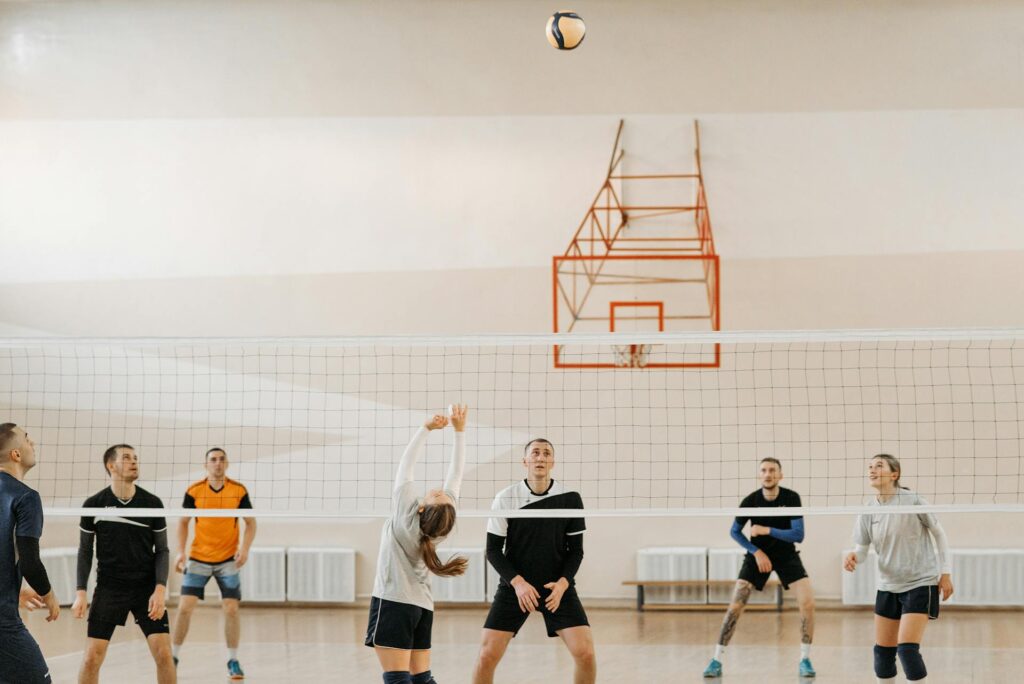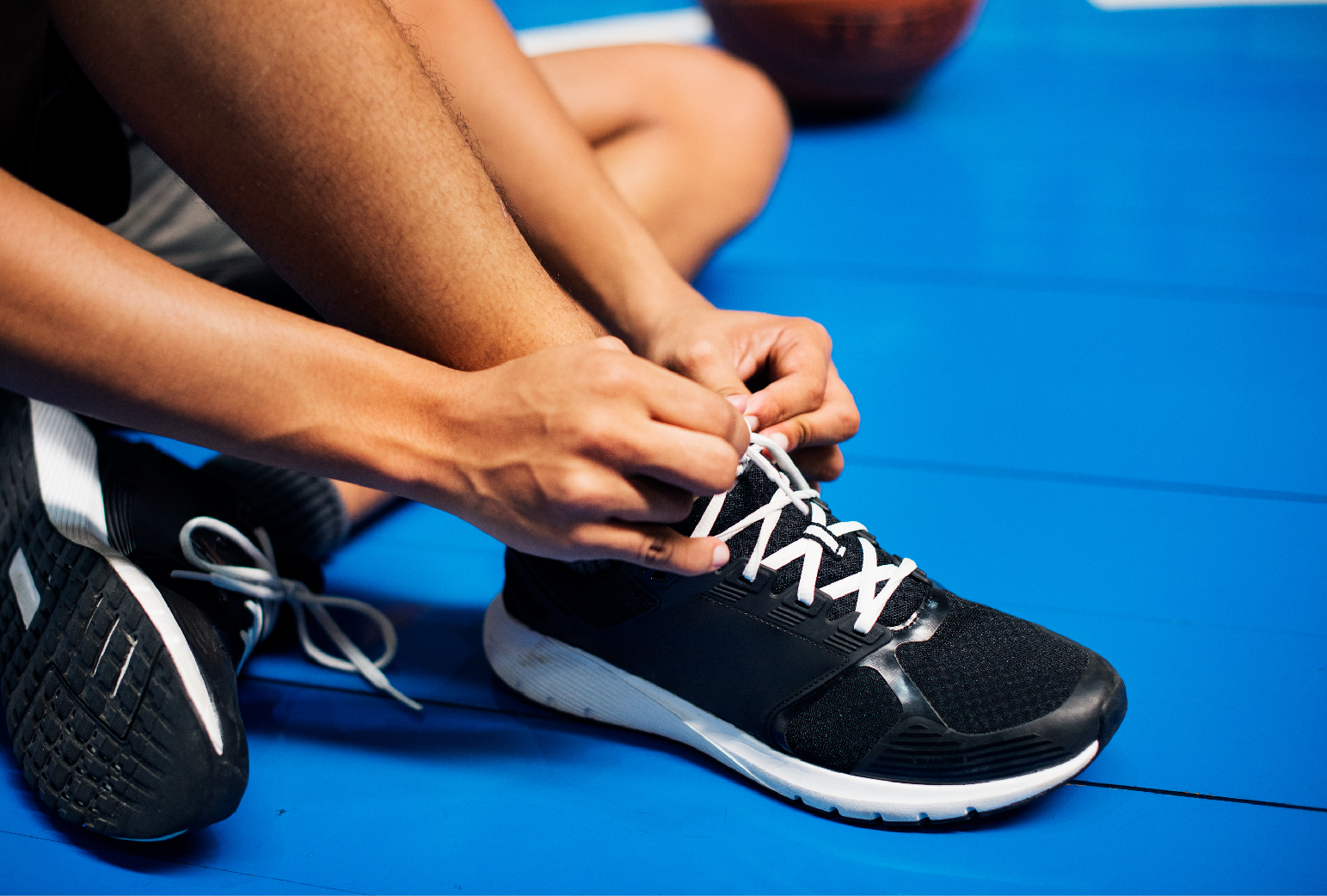

The phrases “6 2”, “5 1”, “6 3”, etc., are likely not foreign to you as a new coach or viewer. You may have wondered, Ummmm… what is a 6 2 volleyball rotation if you share the views of most first-year volleyball coaches and players? All these words refer to reactive systems, which may seem complicated but are rather easy to understand… once you’ve understood the definitions of the terms.
A 6 2 offensive system is just a way of expressing what your players do while positioned in various locations on the floor, and we will be breaking it down for you today. Six hitters and two setters go through six distinct revolutions in a 6 2 volleyball team. The setters must set from the back row, meaning there are always three attackers up front. This setup is perfect for teams who want to keep their attacking front strong since all six players can strike.
Read More About: What is a Volleyball Setter
A smart strategy to play volleyball is with a 6 2 volleyball rotation.
The number 6 indicates that any one of our six players can hit the ball. Having six possible superpowers in the group, all raring to go is like having a scoring machine!
The number 2 now represents two smart setters. They rotate around the back row as a group, ensuring someone is always there.
The three powerful players in this configuration line up near the net while the one setter makes short work of the ball. What makes the 6 2 volleyball rotation so unique? This strategy keeps the other team wondering.
The key to success in volleyball is that they never know what they will do next.
We’re almost pulling a joke on them!
Volleyball teams may use many other formations, but the 6 2 setup is classic.
Let’s take a closer look.
Plus, we will tell you why many experienced coaches love it.
The 6 2 volleyball rotation ensures that there are always three knocks on hand.
Each of them is like the spearhead of a force; they never let anyone down and are always ready to score. Your chances of scoring are higher with these three guys up front. That way, you know your competitor is always on high alert.
The 6 2 volleyball rotation is a great way to highlight the skills of setters who are also good hitters. Here, they’re able to switch between setting and striking with ease.
Read more about: A Proven Guide For Opposite Hitters in Volleyball
As a result, your team’s plays will be more exciting and surprising. Your rivals won’t be able to foresee or assess it quickly, so we call it a hidden weapon.
Players with a tall height tend to win volleyball.
Still, height is optional.
The 6 2 volleyball rotation is a valuable strategy when your team’s setters are shorter and cannot do big vertical leaps. This ideal placement allows them to focus on their surroundings, free from the ongoing fear of direct strikes.
There is more to the 6 2 volleyball rotation setup than meets the eye. Those who sit on the bench are also a part of this rotation process.
It gives coaches greater freedom for flexibility while making replacements. A more regular player changing helps keep everyone up and ready to go.
A smaller but no less important advantage of the 6 2 volleyball rotation is how it promotes freedom of movement within the group. Players are required to polish a wider range of abilities when there are a variety of hitters and setters on the court. They pick up on new gaming situations fast. As a result, the players learn to adapt to different positions on the squad.
The 6 2 volleyball rotation method uses an initial order to establish the locations of the court players. The following provides clarification.
The 6 2 volleyball rotation method has several advantages, but there are also certain things to consider and problems that could arise.
Having two competent setters is crucial for a team’s success when using a 6 2 system. It might be difficult for both setters to be good at setting and hitting.
Some players, particularly those just starting, may find the 6 2 technique’s rotations too complicated. Training and improving these rotations requires coaches to put in time.
Clear and concise expression of ideas is critical in a 6 2 structure. Players must combine their actions and judgments to fluidly switch between setup and attacking roles.
The 6 2 system depends on attackers changing roles from setters. It might become a disadvantage if the other side learns about this trend.
Teams that use a 6 2 system do better when their players can adapt to different situations and contribute in different ways.
Read more about 4-2 Volleyball Rotation
For tactical causes, several volleyball teams use a unique 6 2 volleyball rotation. It maximizes the number of attackers at any position using a team of six possible batters and two setters. But there are hurdles, as with any plan. For example, you’ll need two competent setters and know how substitutes work. Teams may make the most of the 6 2 volleyball rotation if they consistently practice and learn it.

Hi, I'm David Muse, the founder of Volleyball Spikes. My days are spent with workouts and article writing, mostly for Volleyball Spikes. With 15 years of expertise and a history of competing on an international scale... It's fair to say that my knowledge of volleyball is pretty good.
MEGA4D is your go-to destination for comprehensive knowledge about volleyball game-play. Get a complete buying guide to the best and latest volleyball equipment, learn about volleyball positions, rules and training to train yourself with expert experience!



Subscribe to our newsletter and we’ll send you the emails of latest posts.
Copyright © Volley Ball Spikes 2023. All Rights Reserved Design By Digital Korbax LLC